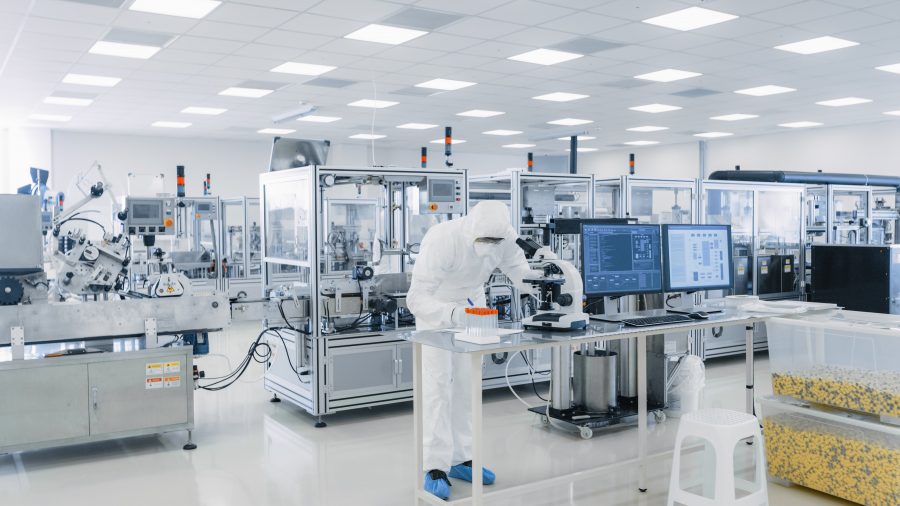1. Purpose
Establish regulations for personnel control and management in clean areas of pharmaceutical factories, strengthen and standardize the hygiene requirements of clean area staff, prevent irregular behaviors from causing pollution to products and the environment, ensure that products are produced in clean areas with corresponding cleanliness, and ensure product quality.
2. Scope
Applicable to all staff entering the clean area.

3. Basis for formulation
"Pharmaceutical Production Quality Management Standards (Revised in 2010)" and related documents.
4. Specific requirements
1.Individuals should take a bath, have a haircut, shave, trim their nails, change clothes, keep themselves clean, and develop good hygiene habits.
2. Smoking and eating are prohibited in production areas and storage areas.
3.Non-production items such as food, beverages, cigarettes and personal medicines are prohibited.
4.Food or food packaging cannot be brought into the production area. Valuables (mobile phones, wallets, etc.) should be stored in personal work cabinets for safekeeping.
5.Mobile phones are prohibited in clean areas.
Dressing Procedure: Change shoes → wash hands and disinfect → wear clean tops and pants, shoe covers (first on then off), wear masks → enter buffer room and disinfect hands → clean area.
When entering and leaving, close doors properly to maintain air pressure integrity.
Avoid loud noises, fighting or playing in clean areas
Maintain equipment: lubricate rotating parts, check circuits and replace worn components
Store tools and cleaning utensils at designated points with strict segregation
Conserve utilities (water/gas/steam) and close valves after use
After production completion, clean the area immediately. Minimize personnel presence to reduce contamination risks. Production managers and QA will conduct inspections with violations subject to HR disciplinary actions.
The specific violations are categorized as follows:
Related Information
1. What are the cleanroom requirements for pharmaceutical manufacturing?
Users often seek information on specific cleanliness standards including air quality, particle counts, temperature, humidity, and pressure requirements.
2. What ISO standards are applicable to pharmaceutical cleanrooms?
Relevant standards include iso 14644-1 (particle concentration), iso 14644-2 (performance monitoring), and GMP guidelines.
3. How do Pharmaceutical cleanrooms maintain contamination control?
Procedures include advanced air filtration, strict gowning protocols, and specialized cleaning regimens meeting industry standards.
4. What is the recommended airflow and pressure differential?
Requirements cover airflow velocity, air changes per hour (ACH), and maintaining positive pressure differentials to prevent contamination.
5. How often should cleanrooms undergo certification?
Users need timelines for ISO compliance certification and re-validation to ensure ongoing regulatory compliance.
6. What are gowning and hygiene protocols?
Covers specific requirements for gloves, masks, lab coats, hand washing, and sanitation procedures to prevent contamination.
 +86 18186671616
+86 18186671616 Jason@cleanroomequips.com
Jason@cleanroomequips.com
 MENU
MENU



